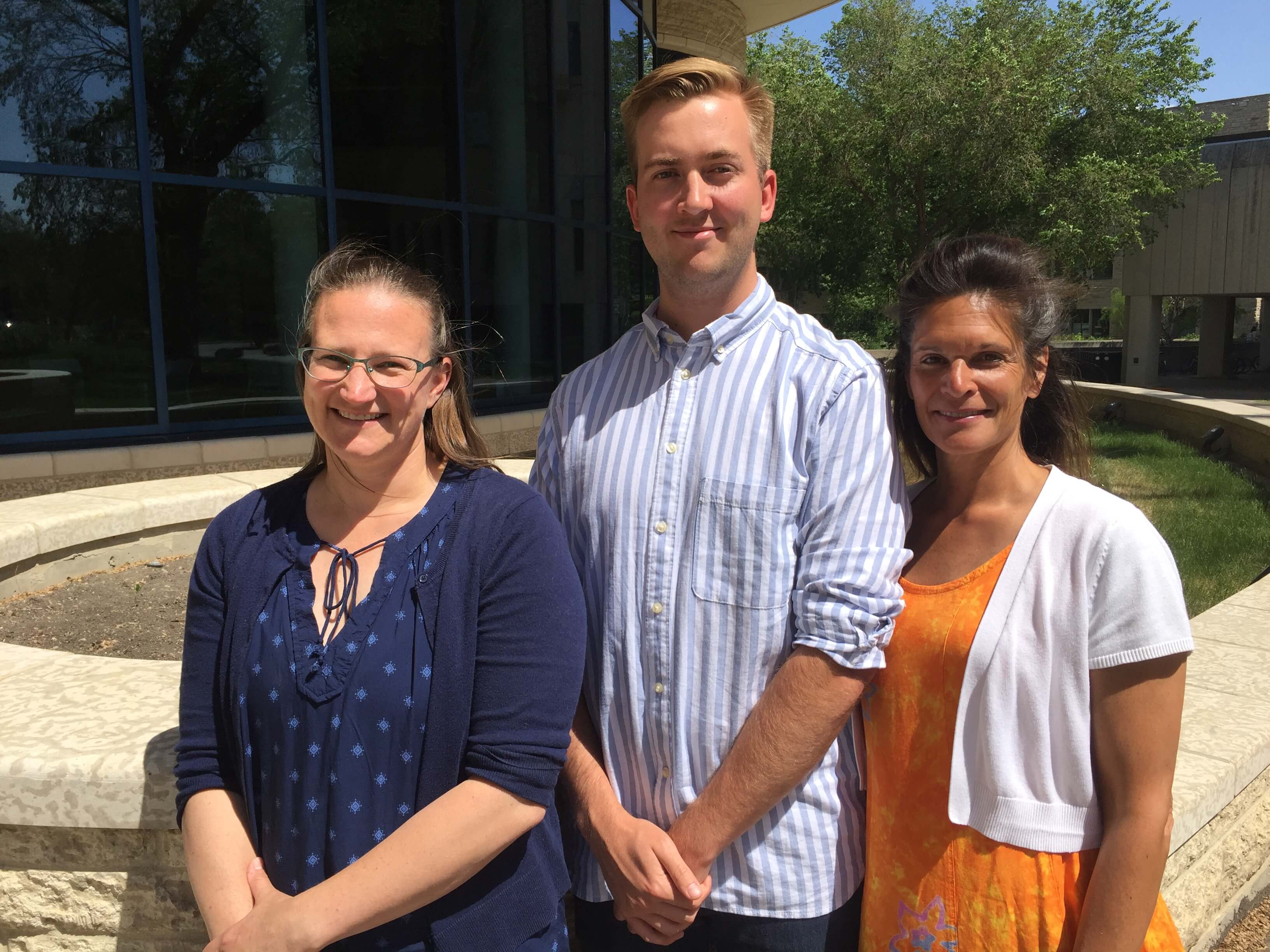
Balancing technical and cultural risk through co-design
An interdisciplinary research team says that planning of water services and infrastructure on Indigenous lands requires a collaborative approach.
Recently published research from the Safe Water for Health Research Team (SWHRT) at the University of Saskatchewan is shining a light on what it calls “a glaring hole” in our understanding of co-design in the development of water infrastructure—specifically in Indigenous communities. The work was completed by a seven-member team representing the School of Public Health, College of Engineering, Department of Psychology, the School of Environment and Sustainability, and the Global Institute for Water Security.
Little has been published regarding water infrastructure design collaborations between Indigenous community members, engineers, government and other stakeholders according to research scientist Lori Bradford, a member of the SWHRT.
“We scoped about 1,500 articles looking specifically for material that involved community members playing a role in how their water and wastewater infrastructure on reserves should function,” said Bradford. “Only 13 of those articles actually talked about this kind of co-design process and only nine of them were from Canada. There is a glaring hole in the literature.”
“I would say that drinking water is probably the most pressing public health issue in First Nations communities in Canada,” added Lalita Bharadwaj, an associate professor with the School of Public Health and co-leader of the research team. “In Saskatchewan, 90 per cent of First Nations have, at some point, faced bad drinking water.”
With a number of boil water advisories still in place within many First Nations communities, and despite promises from the government to eliminate all drinking water advisories on First Nations by March 2021, “very little has changed since the government’s first assessment [of drinking water and waste water systems] in 2001,” said Bharadwaj.
The researchers believe that a proactive and inclusive approach to future water services and infrastructures on Indigenous lands can be effective in promoting safe drinking water while also helping balance technical and cultural risk.
“In some First Nations communities, water is considered pure when you don't add anything to it,” explained Bradford. “But the technical specifications for most water plants require adding chlorine or other chemicals to prevent contamination as it is delivered to homes. Culturally, that's not accepted by many First Nations community members because, by adding something to the water, it changes its taste and its spirituality.”
There's not much community buy-in when cultural values are not incorporated into water services in Indigenous communities “so the infrastructure is often rejected or not maintained,” Bradford said. “There's no pride in it.”
“As a result, many people don't trust their water,” added Bharadwaj. “Some communities are engaging in risk behavior by going out to the lakes and creeks and collecting the water there, perhaps without boiling it, and putting themselves at health risk because they don't trust the existing water infrastructure.”
Bradford believes that including Indigenous people in their own water infrastructure development processes can be an important step toward reconciliation. She stated that co-design helps the government step away from a colonial approach of “stripping cultural values away by imposing outside or foreign designs for water infrastructure without aligning them to local values.”
Bradford and Bharadwaj said that there are still ways to mitigate health risks without disrespecting Indigenous values toward water or investing resources into infrastructures that may not be trusted.
“You can do membrane filtration, which a lot of First Nations communities value because it's more of a natural process,” said Bradford. “But those plans aren't necessarily accepted by government funding models and there's rarely flexibility in their guidelines for building those systems on particular First Nations reserves.”
According to Bharadwaj, one of the major barriers to developing successful water services for Indigenous Canada involves “bridging the understanding of water from an Indigenous perspective and a technological, engineering perspective. A co-design approach would facilitate drinking water customs and create more buy-in.”
The research team makes three major recommendations in its scoping review. “First, we think that there needs to be a national level working group on co-design for water infrastructure,” said Bradford. “This should involve members of communities plus engineers, anthropologists, ethnographers, social scientists, people from public health and government—everyone working together to build culturally harmonizing processes for co-design.”
The team also recommends incorporating co-design principles and processes into textbooks, degree programs and other training materials and it advocates the creation of flexibility within federal guidelines and policies in order to support co-design processes for water infrastructure on Indigenous lands.
Understanding the potential for co-design could also provide Indigenous Canada and additional communities with further benefits extending beyond drinking water safety and infrastructure development.
“We think co-design could apply to other rural communities across Canada that have their own cultural or local values,” said Bradford. “Processes could be developed for things like education provision, social services and more in order to provide resources in ways that are sensitive to specific groups of people and their values.”
“Addressing the co-design awareness gap is also significant here at the University of Saskatchewan,” added Bradford. “It is something that we should share as educators, especially with the next generation of engineers or professionals who are going to be involved with water and wastewater infrastructure. You don't have to just focus on technical risk, you can focus on cultural risk as well.”
The scoping review and its recommendations are available on FACETS, a Canadian multidisciplinary open access science journal.

